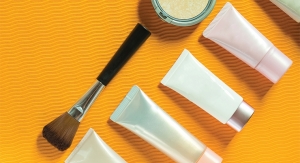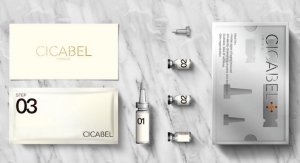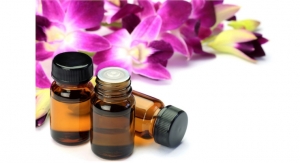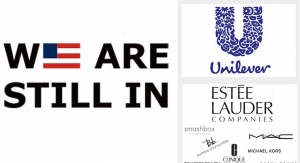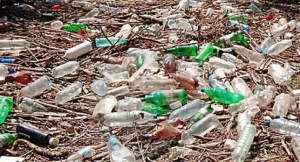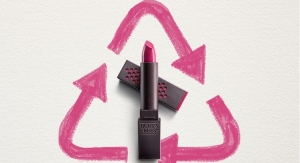Hannah Symons and Michelle Grant,, Euromonitor International 09.14.17
Euromonitor International is hosting a free webinar, “The New Consumerism: Impact on Beauty and Fashion Industries”, on Thursday, September 21 at 9 a.m. CDT.
Register now to:
- Uncover the seven drivers of the New Consumerism and help viewers understand how customer expectations are shifting
- Identify emerging shopper trends and how retailers in the beauty industry innovate online and offline to meet demand
- Learn how to best meet evolving shopper demand from global leaders in fashion and beauty industries
How the New Consumerism is Impacting Beauty and Fashion Industries
The New Consumerism was born out of the difficult economic times resulting from the protracted nature of the economic recovery from the global financial crisis in 2008. In the years following the crisis, stagnant incomes, high unemployment and weak consumer confidence helped fundamentally to alter attitudes to consumption. Long-term global trends, including the increasing interdependence of the world’s economies, ageing populations, rising urbanisation and growing awareness of the world’s environmental challenges, have added to the mix.
These fundamental shifts in the economy, demographics, household formation and environmental attitudes are combining and, enabled by great technological leaps, and are driving change in consumption habits, laying the foundations for a new type of consumerism.
This New Consumerism eschews the conspicuous consumption of yesteryear and instead sees consumers re-evaluating their priorities and re-assessing their values. People are asking themselves what really matters to them, and, conversely, what is ultimately not important. Conscious consumption is winning out. Experience is trumping possessions, and how we spend our time is more keenly considered.
There are two broad trends that we are seeing in the fashion and beauty industries as a result of the New Consumerism. The circular economy has fundamentally changed the way shoppers view ownership of goods, and the rising demand for experience has changed the way companies in both the fashion and beauty industries are engaging with their customers.
The Circular Economy: Fashion and Beauty
What’s the circular economy?
The circular economy is one where everything is re-used and nothing is wasted. It is the antithesis of the linear “build, buy, bury” model of a one-way stream of raw material to factor, to user, then landfill. Essentially, the way consumers think about ownership is fundamentally changing. Instead of purchasing new products to own, consumers are increasingly buying used products, and renting instead of buying. The rise of second-hand fashion sites, C2C beauty marketplaces, and the sharing economy within beauty and fashion industries are a result of this New Consumerism.
The Experience Economy: Experience Over Possession
“Experientialism” is gradually replacing materialism as the new status quo. Experience is the prioritization of doing, seeing and feeling over having more “stuff”.
The trend is more than this, though, with many consumers seeking to “do something different” by searching for unique, often personalized experiences. The experience trend is impacting many sectors, from the value placed on the dine-in experience in consumer foodservice, and the importance of the shopping experience in the retail sector, through to the priority some consumers give to experiences such as holidays, over purchasing products.
Companies across both fashion and beauty industries are trying to build more of an emotional connection with shoppers by offering experiences with their brands.
Learn More
Register for Euromonitor International’s webinar here.




